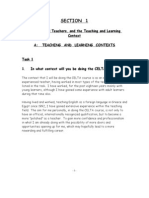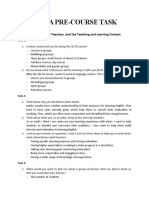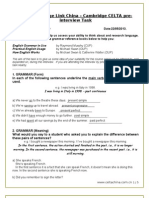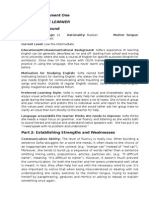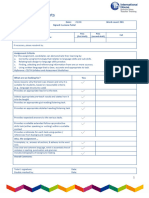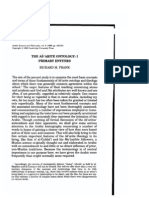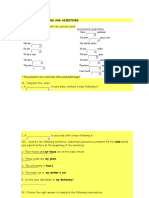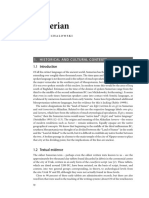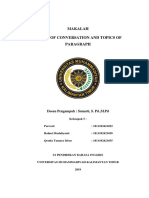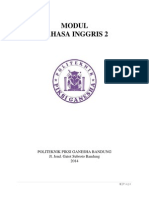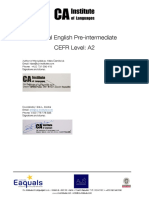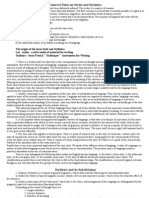0% found this document useful (0 votes)
56 views24 pagesCelta Pre Course Task Answers
The document outlines Jiten Bhagat's reflections and tasks related to the CELTA pre-course, focusing on his motivations for teaching English, the characteristics of adult learners, and the challenges he anticipates in the classroom. It includes insights on understanding learner demographics, effective teaching strategies, and the importance of grammar and communication skills. Additionally, it addresses the significance of engaging students and the role of a teacher in facilitating language acquisition.
Uploaded by
arrojusaideep454Copyright
© © All Rights Reserved
We take content rights seriously. If you suspect this is your content, claim it here.
Available Formats
Download as DOCX, PDF, TXT or read online on Scribd
0% found this document useful (0 votes)
56 views24 pagesCelta Pre Course Task Answers
The document outlines Jiten Bhagat's reflections and tasks related to the CELTA pre-course, focusing on his motivations for teaching English, the characteristics of adult learners, and the challenges he anticipates in the classroom. It includes insights on understanding learner demographics, effective teaching strategies, and the importance of grammar and communication skills. Additionally, it addresses the significance of engaging students and the role of a teacher in facilitating language acquisition.
Uploaded by
arrojusaideep454Copyright
© © All Rights Reserved
We take content rights seriously. If you suspect this is your content, claim it here.
Available Formats
Download as DOCX, PDF, TXT or read online on Scribd
/ 24






